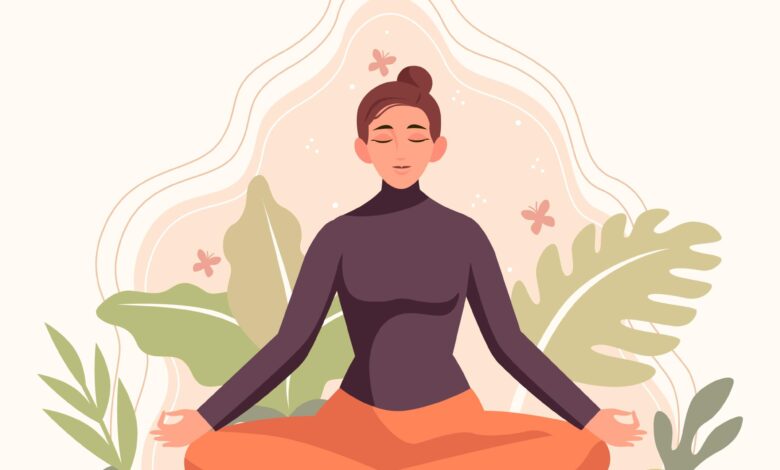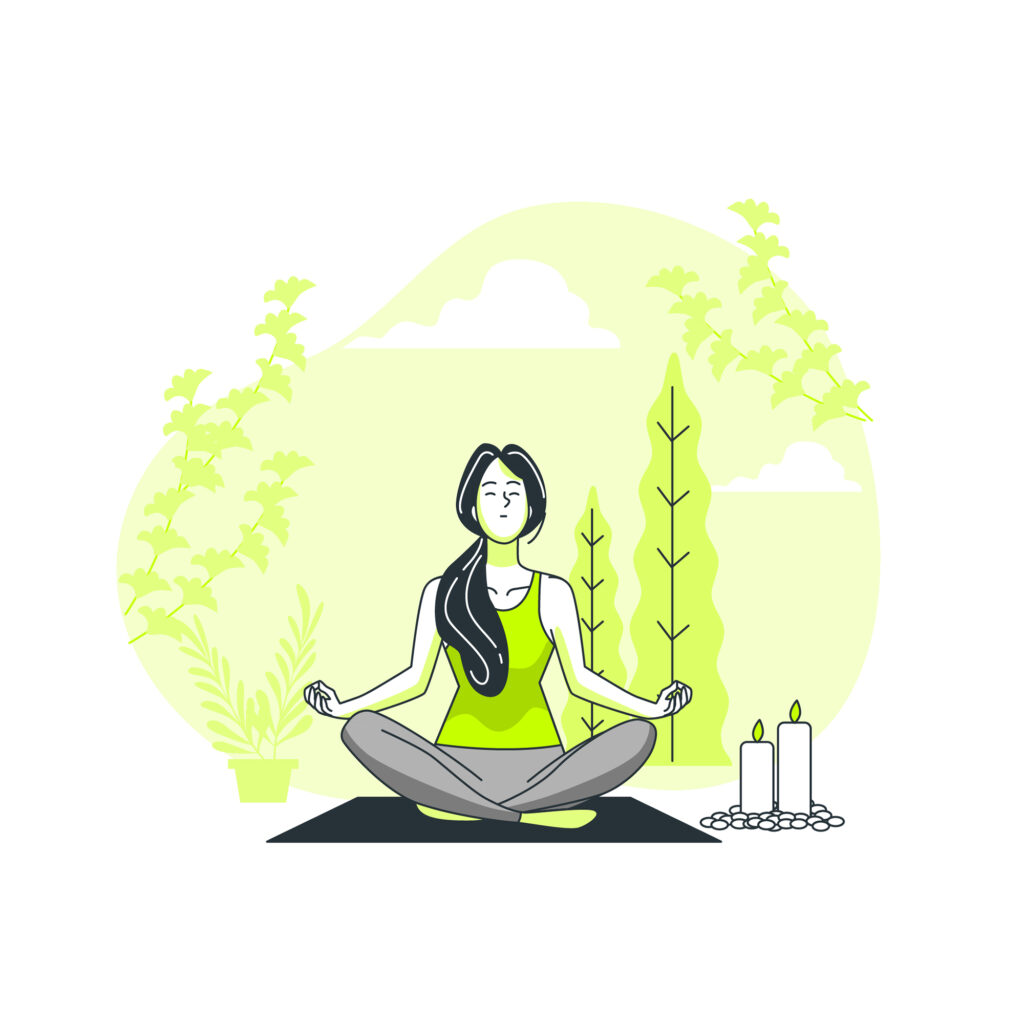Meditation and Mindfulness

Maybe you’re ready to start meditating so you can benefit from all it has to offer. However, there can be one problem: You might not be sure how to begin meditating. It’s normal to initially feel overwhelmed, baffled, or even naive given the wide variety of meditation practices and traditions available. However, meditation need not be intimidating. Here’s all you need to know about meditation, whether you’ve never tried it or haven’t in a while.
Meditation Basics
Most of meditations start with a peaceful setting, closed eyelids, a relaxed mind, and attention on the breath. But meditation is more than just focusing on your breathing and remaining still. In essence, when we meditate, we are developing awareness and compassion; we are retraining the mind to become less easily distracted and more attentive to the present. We simply sit and gradually learn to let thoughts and sensations come and go while using the breath as our anchor in the present.
Of course, it’s very normal for the mind to wander when we first begin to meditate. Since thinking is in the nature of the mind, halting thoughts is not the goal of meditation. We sit and work on observing our thoughts without getting distracted by them or our feelings.
By cultivating an awareness for those instances when our attention has strayed, we can learn to control this restlessness. We increase our awareness and return to the breath each time we become aware of being off-task. The mind grows more accustomed to the idea of remaining quiet via the practice of meditation, and we can start to learn how to integrate the qualities we feel throughout meditation practice – calmness, attention, compassion, and mindfulness — into the rest of our day.
Steps for beginning to Meditate:
If you’re able to follow these simple stages, learning how to meditate is a rather simple procedure.
- Step 1: Choose a time and location that are convenient for you. According to research, building a new habit is made simpler when we follow the “same time, same place” rule every day. Simply put, the best possible moment to meditate is whenever you can prioritize it the most. Don’t overthink it. The ideal location for meditation? Anywhere you can be relaxed and hardly distracted.
- Step 2: Decide how long you want to meditate. Starting with tiny, reasonable time blocks, like 3, 5, or 10-minute sessions is crucial for newbies so that you may build up your practice and reach your sweet spot. The most important thing to do is pick a duration that is practical yet feels achievable so that you can continue to turn up every day.
- Step 3: Make sure that you are seated comfortably. Feet should be flat on the floor, arms should be at your sides, and legs should not be crossed. Upright your back, but don’t become overly tense. A tiny cushion or towel that has been wrapped up might support your back if necessary.
Here’s how to do the meditation technique:
 Realize when your thoughts have wandered:
Realize when your thoughts have wandered:
Your focus will eventually wander from the breath and go to other aspects of your life. Simply bring your focus back to the breath when you eventually realize that your mind has wandered—in a few seconds, a minute, or five minutes.
 Feel the rhythm of your breathing:
Feel the rhythm of your breathing:
Focus on paying attention to how your breath feels as it enters and leaves your body.

 Be calm with your wandering thoughts:
Be calm with your wandering thoughts:
Don’t criticize or worry excessively about the ideas you get caught up in when you’re immersed in them. Just come back.
 End on a positive note:
End on a positive note:
Gently raise your gaze when you’re ready. Consider listening to any sounds that are present for a moment. Notice how your body is currently feeling. Observe your thoughts and emotions.
A Message to Remember
A daily meditation practice is a wonderful approach to deal with stress. Even people who have difficulties sitting still might benefit from a variety of quick methods.
Taking a thoughtful walk, meditating in the shower, or focusing on a beautiful object can all be highly soothing and restorative practices.
The truth is that sitting down and meditating doesn’t take much time, and the health advantages alone are worth the extra effort.





